For perhaps the last three decades, German and Japanese carmakers have been locked in a perpetual arms race, each trying to overtake the other with the latest technological advances. As companies chased for more airbags, turbocharged engines, larger touchscreens and lighter materials, cars have become faster, more economical, safer and more connected than ever before, all while keeping weight from ballooning.
But as development of the car as we know it reaches its zenith – and with the South Koreans catching up and the Chinese not too far behind – autonomous driving has become the next frontier. The goal of zero deaths in road accidents has spurred manufacturers to deliver their own versions of self-driving vehicles as soon as possible, with most setting a deadline of the end of the decade.
With the Olympic Games returning to Tokyo in 2020, all eyes are on the Japanese to make good on their promises. While Honda says it needs until 2025 to be able to put Level 4 autonomous driving technology on city streets, both Nissan and Toyota claim that they can demonstrate such technology by the time the games roll around. Toyota, in particular, has a lot riding on this – it’s the top global sponsor of the Olympics.
In the meantime, the company is showing the first fruits of its labour with the new Lexus LS, which debuts a range of semi-autonomous driving features that will allow it to compete with the latest Mercedes-Benz S-Class, BMW 7 Series and Audi A8. We were given a brief test drive on Yokohama’s snaking network of highways to sample the capabilities of these systems on the open road.
The technologies that allow the new LS to accelerate, brake and steer by itself are split into two packages being offered to customers. The standard-fit Lexus Safety System + incorporates the second-generation Pre-Collision System (PCS), an autonomous emergency braking system that can detect pedestrians (in the day and during the night) and cyclists (daytime), and features improved braking performance.
Also included is Dynamic Radar Cruise Control with low-speed follow, along with Lane Departure Alert (LDA); Lane Keeping Assist (LKA) and Automatic High Beam (AHB) are also present. But it’s the optional Lexus Safety System + A that really piles on the tech, and it’s the systems in this package that we have tested.
Leading the charge is Lexus CoDrive, a semi-automated driving system that adds two key features to the Dynamic Radar Cruise Control system. The first is Lane Change Assist (LCA) which, as the name suggests, will change lanes for you at the half-push of the indicator stalk, using the Blind Spot Monitor’s sensors to detect if the next lane is clear of vehicles before proceeding.
In addition, Lane Tracing Assist (LTA) will read lane lines and provide steering support to keep the car in the centre of its lane; in the case of faded or non-existent road markings, it will follow the path of the vehicle in front. The LKA feature will also be able to warn and steer you away if you’re about to fall off the road, as it will be capable of detecting the edge of the asphalt.
Also receiving a number of additional features is PCS, which gets Pedestrian Alert that shows if a person is crossing ahead on the head-up display, as well as their direction of travel. If the driver does not heed the warning and a collision with the pedestrian is likely even with autonomous braking applied, Active Steering Assist will provide steering support to help put the car out of harm’s way.
That’s not all – there’s also Driver Emergency Stop Assist, which will detect a lapse of attention while LTA is being used. The system will first use audio and visual alerts as well as gentle deceleration to warn the driver, and if there’s still no input, the system will activate the hazard lights and horn to warn other road users, before bringing the car to a complete stop in concert with LTA. It will then unlock the doors and set up an automatic connection to Toyota’s Helpnet emergency service for a rescue request.
Rounding off the list of the A package’s features are Front Cross Traffic Alert that warns of crossing traffic at a junction, as well as a two-stage Adaptive High-beam System (AHS). Similar to Audi’s matrix headlights and Mercedes’ Multibeam, AHS uses LED headlights with eight diodes on top and 16 below on each side to turn off parts of the high beam, preventing traffic from being dazzled. The finer control of light strength and distance compared to AHB allows greater use of the high beam in night driving.
Other safety features offered on the LS are parking support braking systems, which include the Intelligent Clearance Sonar (ICS) to prevent accidents caused by pedal misapplication, as well as Rear Cross Traffic Auto Brake designed to avoid or mitigate a collision with crossing traffic. A world-first is pedestrian detection at the back using a rear camera, minimising accidents by means of warnings and braking support.
These driver assists are part of a complete redesign for the Lexus LS, now in its fifth generation. Built on the new Global Architecture – Luxury platform shared with the gorgeous LC coupé, the new luxury sedan will go back to being offered in just a single bodystyle this time around, coming without the long-wheelbase variant that was introduced on its predecessor.
Measuring 5,235 mm long, 1,900 mm wide and 1,450 mm tall, the new LS is 25 mm longer and wider than the outgoing long-wheelbase model, but 15 mm lower; its wheelbase is also 55 mm longer at 3,125 mm. Compared to the current W222 S-Class, the Lexus splits the short- and long-wheelbase versions, being 11 mm shorter (and 40 mm shorter in wheelbase) than the LWB Mercedes. It’s also a substantial 46 mm lower.
Lexus appears to have found a nice little niche for the LS in the big sedan market, stylistically at least. Next to the elegant S-Class, sporty 7 Series and sober (and exceedingly dull, some would say) A8, the new LS is at once striking, curvaceous, low to the ground. Even though it continues to utilise the L-finesse design language that has been around since 2003, Lexus has upped the visual drama several notches.
By now, you’d be familiar with the trademark spindle grille, now stretched to appear almost Predator-like in concert with the slit-like LED headlights and L-shaped daytime running lights. Suffice to say, it’s a highly polarising look, but love it or hate it, you’ll have to agree that the hyper-aggressive face demands road presence like you wouldn’t believe, even amongst its rarefied competition.
Along the sides, the designers have opted to go for a six-window glasshouse for a more coupé-like look, with the pillars sitting flush with the glass, mimicking the appearance of frameless windows. Together with the plunging beltline, the design achieves varying degrees of success – from some angles, the new LS looks long and sleek; from others, it appears bloated and overly cab-backward, almost like a hatchback.
The rear attempts to balance it out with strong haunches and wraparound L-shaped tail lights, coupled with a tall deck. The overall look is not classically handsome (not quite the way the S-Class and 7 Series are, at least), but it’s a distinctive figure that could only have come from Lexus. Accentuating that look are two deep new hues – Manganese Luster grey and Sonic Agate red – as well as large 19- and 20-inch wheel options.
Lexus continued the avant-garde design approach with the interior, which marries a uniquely organic design with a number of unconventional material choices. The dual-tier wraparound dashboard features a new take on the full-width air vent trend with flowing strakes, and the layered door panels provide a whimsical touch.
Meanwhile, the centre console and door armrests are visually integrated into the seats, and the overall effect is one of both vastness and intimacy. Adding to the look are the variety of decorative trim options on offer – sure, you can opt for the usual array of wood and aluminium finishes – including cross-grain Shimamoku wood – as well as laser-cut wood trims if you’re feeling a little fancy.
Organic and herringbone Art Wood trims are also available for the more adventurous, but it’s the Kiriko cut glass that takes the cake – its intricately-carved facets give the interior an almost jewel-like sparkle. You can pair this up with optional hand-pleated door trim for the full Frank Gehry effect, accented by the indirect ambient lighting said to be inspired by Japanese paper lanterns.
The Japanese omotenashi approach to hospitality can be found here too, with numerous small but thoughtful touches throughout. For instance, the optional air suspension raises for easier entry, made easier still by seat bolsters which retract upon opening the door. Once inside, the seat belt buckles rise up to make the belt easier to fasten, and are also illuminated to make them easier to spot in low light.
Then there’s the technology. Up in front is a massive 24-inch head-up display, the world’s largest. It needs to be that massive because it shows all the relevant information from the various driver assistance systems we’ve mentioned, as well as the usual vehicle and navigation data.
Below it is the usual digital instrument display which, on F Sport models, features a centre ring that can be moved to the side to access other information, LFA-style. The 12.3-inch infotainment screen next to it is placed at the same height, so that the driver can operate all systems without the need to change posture – Lexus calls this the “seat-in-control” layout.
Controlling that display is Lexus’ latest Remote Touch interface, with a laptop-like touchpad on the centre console. We didn’t test the system on the LS in Japan, but we had some seat time back at home with the LC, which features an similar system. In practice, this writer found its operation less-than-ideal, with the erratic touchpad making granular control difficult – an issue exacerbated by the slightly confusing menu layout.
Other features include Lexus Climate Concierge, which uses infrared sensors to measure the occupants’ body temperature and applies the most comfortable climate control setting for each one – the system now takes into account the front occupants, instead of only those at the rear. There’s also a 2,400-watt Mark Levinson sound system with 23 speakers – including in the roof – for the full concert hall experience.
The LS can be specified with 28-way power-adjustable front seats and 22-way at the rear, both available with heating, ventilation and Shiatsu massage. As you’d expect from a luxury sedan, the passenger-side rear pew has been given special attention, with the most luxurious version able to be reclined by as much as 48 degrees, as well as raised by up to 24 degrees to enable the boss to exit more gracefully.
This seat also features a powered ottoman, and both back seats can heat certain parts of the body for even greater comfort. All these features, plus those for the rear seat entertainment system, are operated using a touchscreen within the centre seat (yes, even in the most upmarket version, this is a five-seater), which becomes an armrest when not in use – unlike on the 7 Series, the screen isn’t a removable tablet.
Being significantly lower than before, the LS’ sunroof opens outward instead of retracting into the roof, in an attempt to free up headroom. Even so, rear headroom is only adequate rather than generous, although this is balanced out by the oodles of legroom on offer – helped along by the fact that the front passenger’s seat can be pushed forward from the rear. One thing of note is that the rear seat belts come out from the top of the seats rather than from the pillars, which didn’t affect me but could be an issue with larger, taller occupants.
Now, on to the powertrains. Those expecting the LC 500‘s sonorous naturally-aspirated V8 in the LS 500 will be disappointed – instead, there’s an all-new V35A-FTS 3.5 litre twin-turbocharged V6 that makes 422 PS at 6,000 rpm and 600 Nm of torque from 1,600 to 4,800 rpm.
Mated to this engine is a Direct Shift 10-speed automatic transmission (the same as on the LC) and a choice of rear- and all-wheel drive. The headline figures for the two-wheel drive version include a zero-to-100 km/h time of 5.0 seconds, combined fuel consumption of 10.1 litres per 100 km and carbon dioxide emissions of 225 grams per kilometre.
As before, there’s a hybrid option, the LS 500h – but instead of a V8 under the bonnet, there’s now another 3.5 litre V6, this time an 8GR-FXS naturally-aspirated unit. It produces 299 PS at 6,600 rpm and 356 Nm at 5,100 rpm, and is paired to twin electric motor-generators that together produce 180 PS and 300 Nm and make up the electronically controlled continuously variable transmission (E-CVT).
So far, so Toyota hybrid. But this car’s Multi Stage Hybrid system adds a four-speed automatic gearbox to the equation, which multiplies the E-CVT’s virtual gear ratios to simulate the feel of a 10-speed transmission. Lexus says that using actual gears provides a more direct shift feel, eliminating the dreaded “rubber band” feel that blights many a conventional CVT.
It also provides the system with a greater ratio spread – improving both acceleration from low speeds and fuel efficiency at a cruise – as well as enabling the LS 500h to drive on electric power alone at speeds of up to 140 km/h. Total system output stands at 359 PS.
In rear-wheel drive form (again, an all-wheel drive system is available as an option), all this results a zero-to-100 km/h time of 5.4 seconds, a combined fuel consumption figure of 7.1 litres per 100 km and carbon dioxide emissions of 141 grams per kilometre. Not bad for a car weighing well over two tonnes.
The aforementioned GA-L platform has been designed with a lower centre of gravity in mind, featuring an extensive use of aluminium and the placement of heavy components such as the engine near the centre of the vehicle. Increased torsional rigidity has also benefitted steering response and manoeuvring stability.
Suspension duties fall on multilink setups at the front and rear, with improved bushings and a new version of the optional air suspension providing better stability and ride comfort. Refinement has also been improved with a new urethane bonnet silencer, a three-layer dashboard silencer, optimised sound insulation placement and flush side windows and pillars, among others.
Our test route for the LS’ various driver assistance systems took place on the roads leading out of Yokohama city and onto a short stretch of highway, before stopping at the famous Daikouku PA – this anonymous-looking rest stop regularly plays host to Japan’s largest car gatherings. Then, it’s all the way back down the same stretch of highway to the starting point.
Before that, Lexus took the opportunity to demonstrate the Intelligent Clearance Sonar (ICS) against a makeshift wall, as well as rear pedestrian detection and braking using a child dummy. Both systems worked as advertised, waiting until the last minute before intervening swiftly with strong brake force. Aural and visual warnings were also provided beforehand – the latter though markings on the 360-degree camera display.
Then, it was time to head out onto the road. The Dynamic Radar Cruise Control and Lane Tracing Assist (LTA) were the first to be tested, keeping the LS a set distance from the car in front and in the centre of the lane. Unlike the latest systems from BMW and Mercedes, the car allows for just 10 seconds of hands-free driving before it nags you to put your hands back on the wheel, rather than the usual 30 seconds.
Nevertheless, the LS’ semi-autonomous driving performance worked just as well as – if not better than – other competing systems, rarely deviating from the admittedly clearly-marked lanes of Japanese roads and tracking straight and true even on the gently winding corners on the highway.
Toyota has been careful not to overpromise on its self-driving technology, such as using the word “automated” instead of “autonomous” in its communications – unlike a certain American electric vehicle maker. The greater restrictions placed on hands-free driving on the LS, then, is likely another example of this approach, rather than its lane-keeping system actually being inferior to others.
The Lane Change Assist (LCA) was a little less impressive, often being too hesitant to move into the next lane if there’s another car behind. Still, as they always say, it’s better to be safe than sorry, and it is an eye-opening, slightly freakish experience when it does work.
One more item that should be pointed out is the optional digital rear view mirror – similar to that introduced on the facelifted Toyota Alphard and Vellfire – which displays an image from a camera on the bootlid (separate from the reverse camera). The idea behind it is to present a clear view of what’s at the back without pillars or rear headrests being in the way.
It’s quite a weird thing to see at first – the view is closer to the road and isn’t what you’d normally see through a rear-view mirror. But I soon got used to it, and found myself appreciating the wider view this provided. Besides, if you don’t like it, you can simply turn the display off and use it like a regular mirror.
Given that we did very little actual driving by ourselves, it’s hard to judge the dynamic performance of the LS 500h we were in, especially on the billet-smooth tarmac. However, road and wind noise was very well suppressed, at least at the highway’s 60 km/h speed limit.
The powertrain was also smooth and refined, and made getting up to speed effortless, accompanied by a rather sporty engine note when pushed. However, its performance at full throttle – where the Multi Stage Hybrid with its complicated gearbox arrangement is supposed to provide a sportier driving experience compared to past hybrid systems – remains to be seen.
Our brief encounter barely scratched the surface of what the LS had to offer. Sure, the myriad of safety and driver assistance features jam-packed into the car were certainly impressive, and showed that Toyota is well on its way to becoming a maker of autonomous, sorry, automated vehicles. It should be noted, however, that local cars may not receive all the technologies showcased here.
Even with much of its dynamic capabilities still obscured, however, it’s clear that with the fifth iteration of its luxury sedan, Lexus has stopped trying to beat the S-Class in typical magazine shootouts. Rather, the company has carved out its own path, one that many businesspeople may not initially appreciate.
The LS demands that you like the cut of its jib, insists that you admire its unconventional looks and unmatched levels of detail and craftsmanship, and wants you to be bowled over by its suite of technologies. For some, that may be too much to ask. But for the select few, the Lexus might be just the car for them.
The new Lexus LS has been officially launched in Malaysia. Three variants are available, priced at RM799,000 for the LS 500 Luxury, RM999,000 for the LS 500 Executive and RM1,459,000 for the LS 500h Executive. All prices are on-the-road without insurance, inclusive of a five-year, unlimited-mileage warranty.
Looking to sell your car? Sell it with Carro.

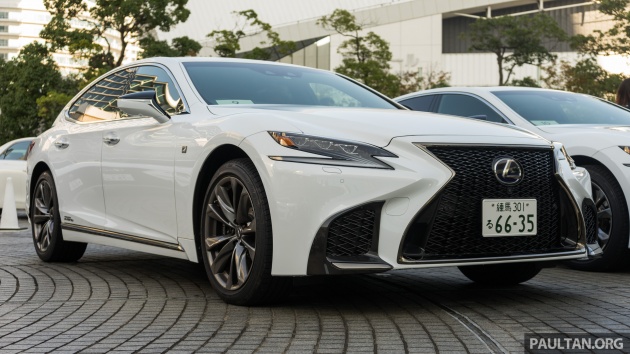
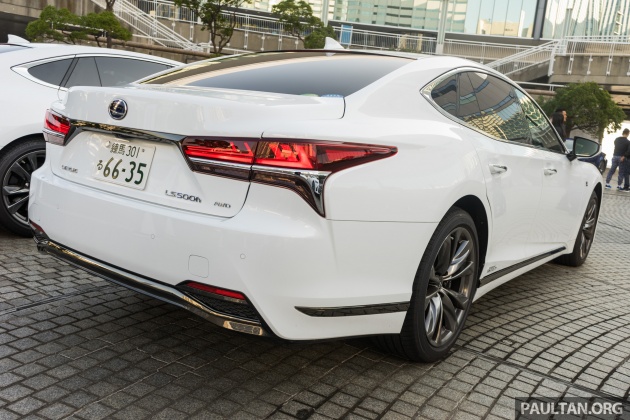
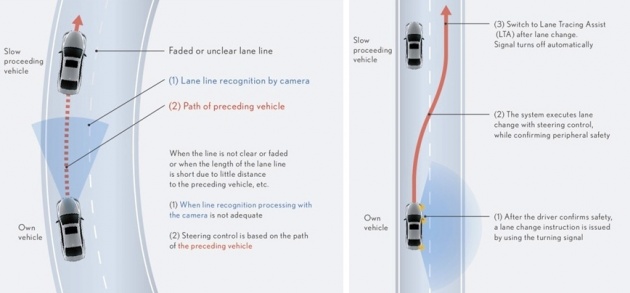






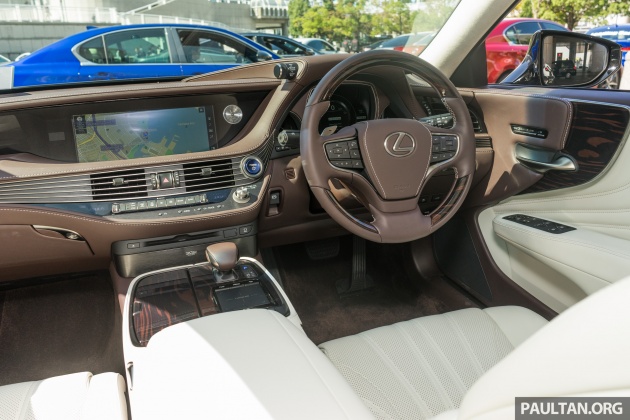
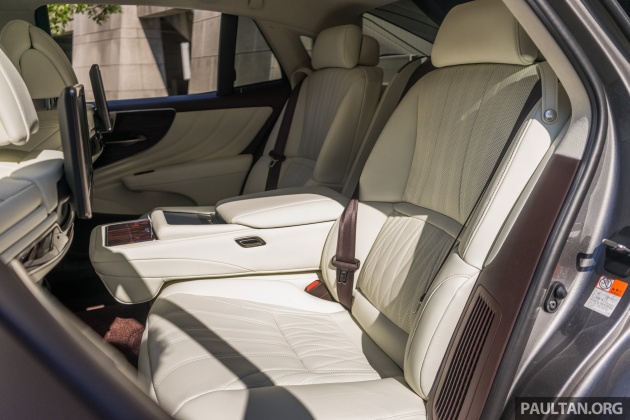



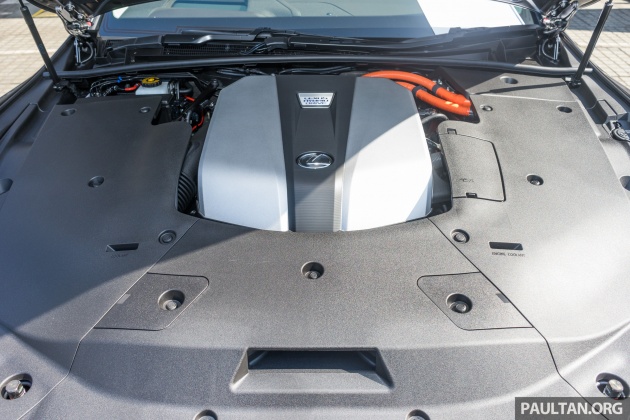
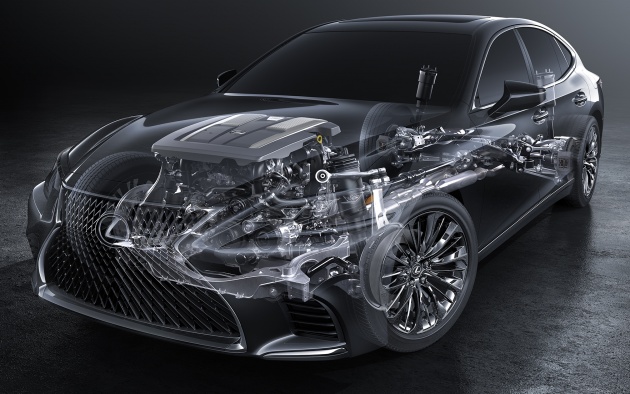
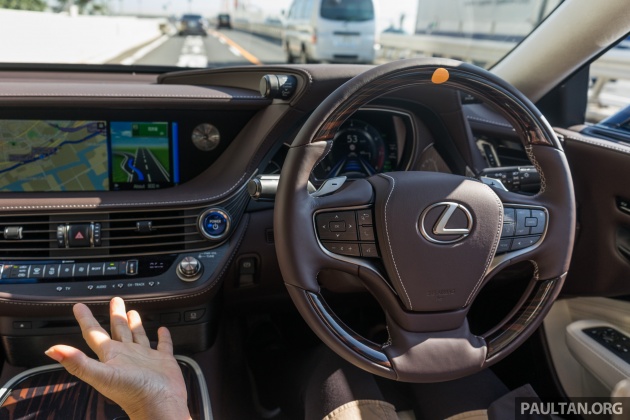
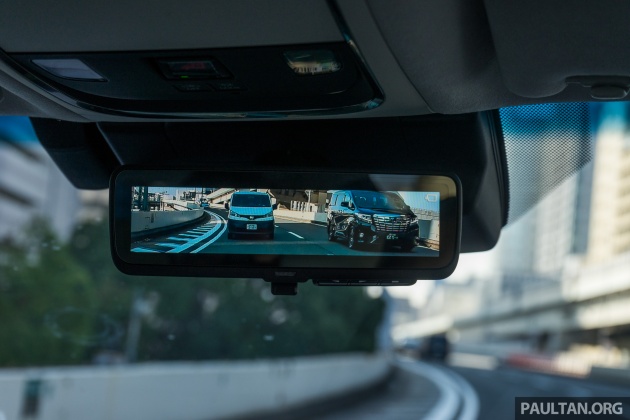
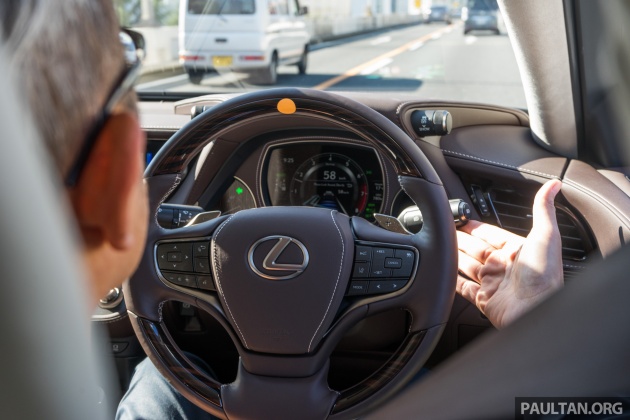
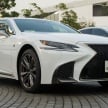
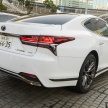
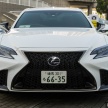
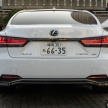

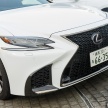
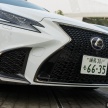

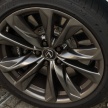
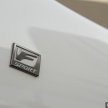
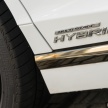
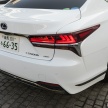
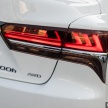
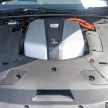
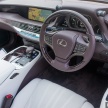
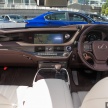
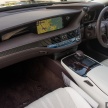
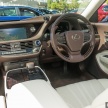
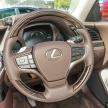
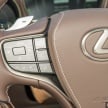
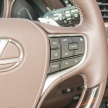
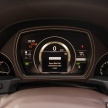
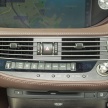
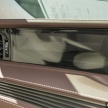
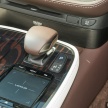
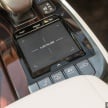
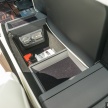
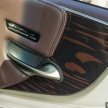
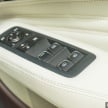
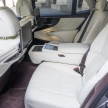
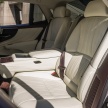
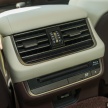
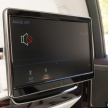
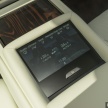
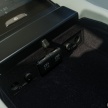
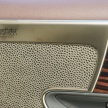
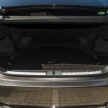
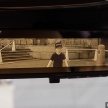
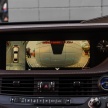
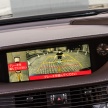
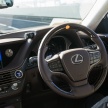
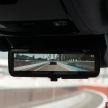

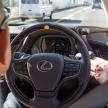
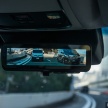

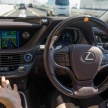
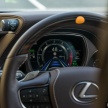
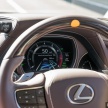
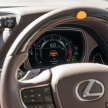












There is a secret to buying Lexus in Malaysia. Just buy 2nd hand.
The old LS460L was sold for RM900k. After 5 years, used car dealers will literally beg you to take it for RM90k.
Not bad a deal considering Lexus LS cars are super low mileage. Who will give you 90% discount??
When this new LS come here, just wait a few years before you grab it
Totally agree. 2009 LS460 is better looking than the facelifts and I’m considering getting one
Can you show me a 5 year old LS selling at 90k? Will take it on the spot.
Can you let go your hand and the car takes overs itself
Lexus suite of safety and driver assistance simply too impressive, and lets not forget the brilliant Perodua Myvi’s integrated Touch n Go reader and ASA is class leading. Banzai!!
Err, lol RM800k is little bit pricey although high tech and more safety equipment list onto that car spec.
about time someone did a review focused on LTA.
thanks
Can you give us more details on how LTA compares to other competing systems(eg. Autopilot, Propilot, etc)?
Great article, good command of English and very detail write-up about this sadly-overpriced-Lexus in Malaysia.
wow. honda is so left behind.
The interior doesnt match the edgy exterior, both where nice on their own, but when paired as one… it just doesnt link
Totally agree, thinking of getting a 2009 LS460. It’s better looking than all the facelifts.
it will be the end of BMW since their focus is the driving experience.